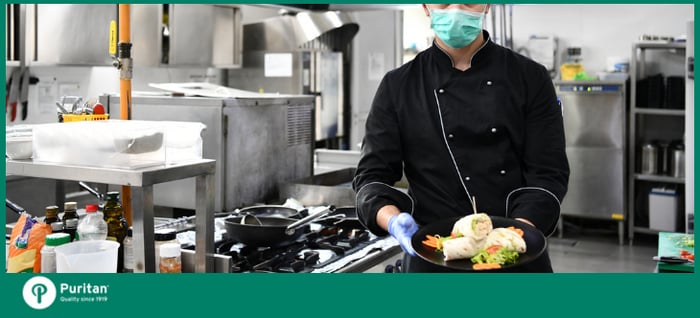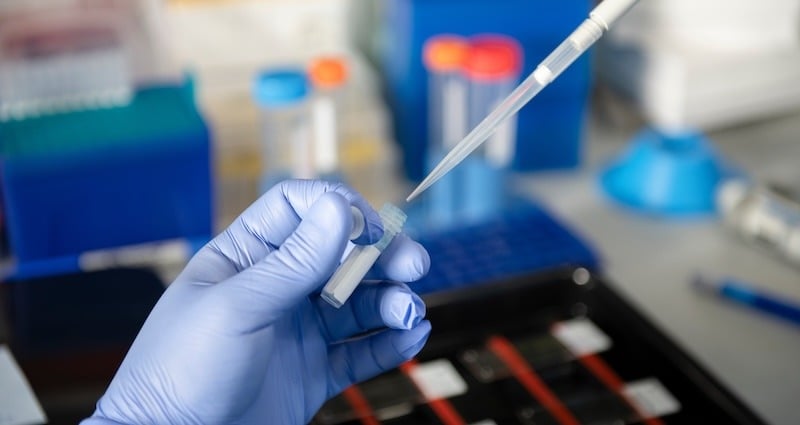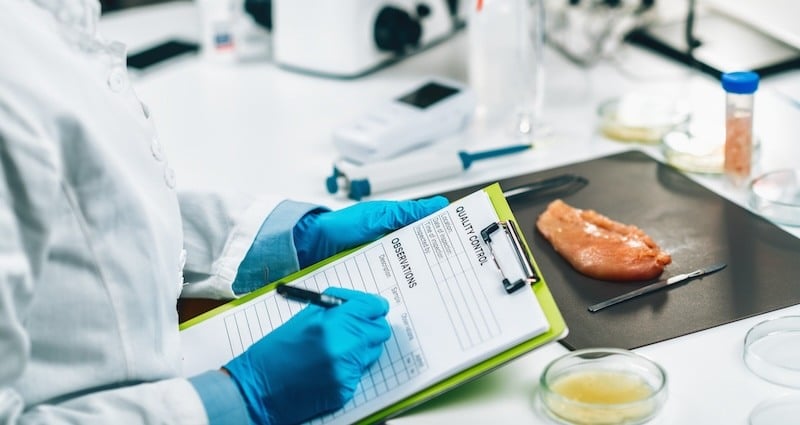 September is National Food Safety Education month. And this year, “food safety” takes on new meaning. Pre-pandemic, food safety was more about avoiding contamination and foodborne illness. Now, more than ever, safety includes workers and even consumers.
September is National Food Safety Education month. And this year, “food safety” takes on new meaning. Pre-pandemic, food safety was more about avoiding contamination and foodborne illness. Now, more than ever, safety includes workers and even consumers.
With this broader definition in mind, here are 5 ways that COVID-19 is impacting growers, manufacturers, processors, distributors and food service.
Trend #1: Expanding the definition of cleanliness
Prior to COVID-19, many industries defined sanitation by how clean the manufacturing and processing equipment was. Sanitation requirements are evolving and being redefined to consider how well an environment can prevent the spread of pathogens. Some companies are considering new technologies such as UV sterilization and progressive ways to sterilize airflow, which is especially critical to meatpacking plants.
Trend #2: More visible cleaning procedures
Historically, consumers rarely saw point-of-sale establishments being cleaned, unless perhaps they happened to be in the store or restaurant just prior to closing. During the pandemic, some businesses are intentionally making cleaning processes visible as a way to demonstrate their commitment to the health and safety of customers and employees. By building build consumer confidence, companies can gain a competitive edge.
Trend #3: Importance of cleaning protocols
With more frequent cleaning required, grocery stores and restaurants are relying more on front-line workers to perform tasks such as frequently wiping high-touch services like freezer door handles and restroom surfaces. Because this is potentially a new duty for many employees, it’s vital that the right products are used effectively to ensure safety for all. For example, cleaners for high touch surfaces typically cannot be used on food contact surfaces. It’s also critical that employees are aware of the potentially lethal danger from mixing different chemicals such as chlorine with quaternary ammonium chloride compounds.
Trend #4: Greater emphasis on employee safety
Meat and poultry processors have been particularly hard hit by the pandemic. Companies like Tyson and Perdue have been at the forefront on matters related to employee safety. Tyson has gone as far as create a chief medical officer role within the company and also hiring hundreds of nurses to support employees with COVID monitoring and testing.
Some manufacturers have limited the amount of overtime employees can work to avoid burnout while others have removed restrictions on sick time to encourage sick workers to stay home.
Trend #5: Increased interest in automation
Looking to avoid the risk of spreading the virus among workers or a shutdown due to a virus outbreak, manufacturers are showing an increased interest in automating historically manual processes, according to a recent article in Food Safety Tech. For example, at least one leading meat and poultry processor is using automation for deboning and chopping meat. In other instances, robotics is being used overnight in manufacturing to avoid employees overlap during shift changes.
In the grocery space, several national retailers are considering automatic cart sanitizers, which use EPA-approved chemicals to kill germs and viruses.
While COVID-19 presents more than its fair share of challenges, new safety ideas and innovations are surfacing. Some industrious food industry companies are even finding opportunities to reduce costs, control risk or gain a competitive advantage.
Interested in more content on food safety and testing? We’ll deliver the latest news and information right to your inbox when you sign up for our newsletter.



